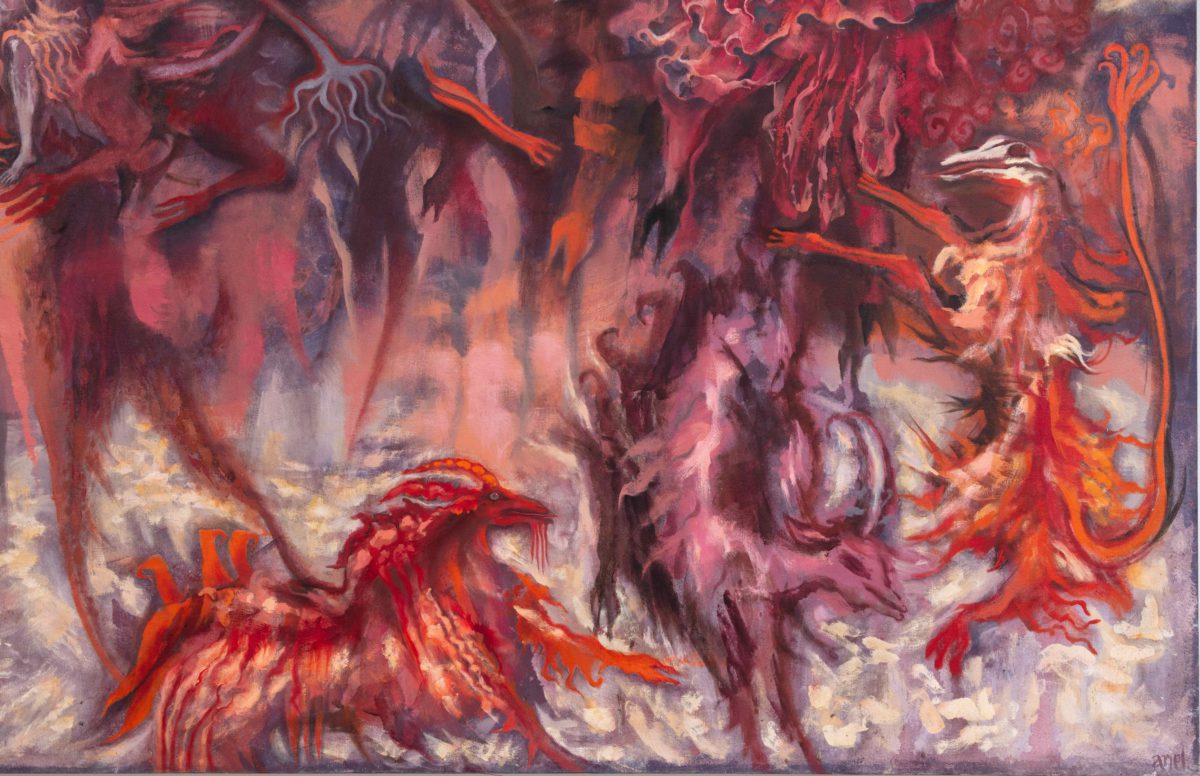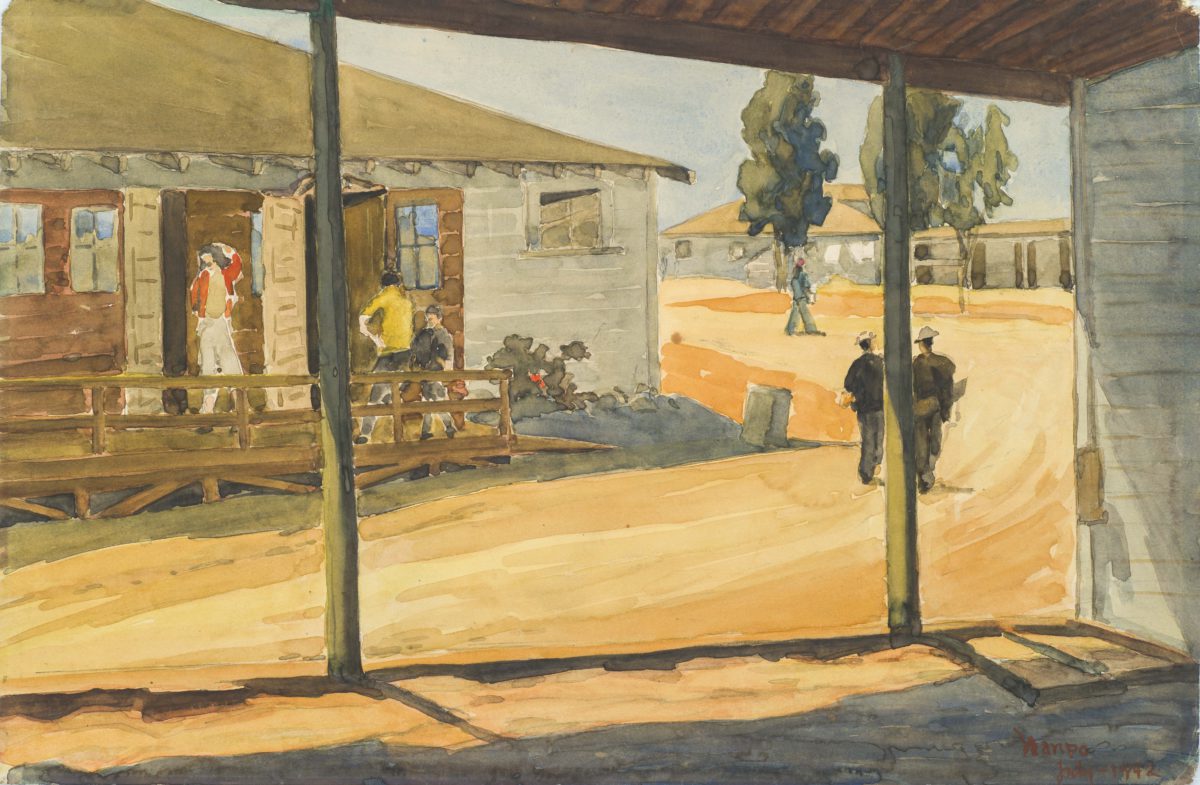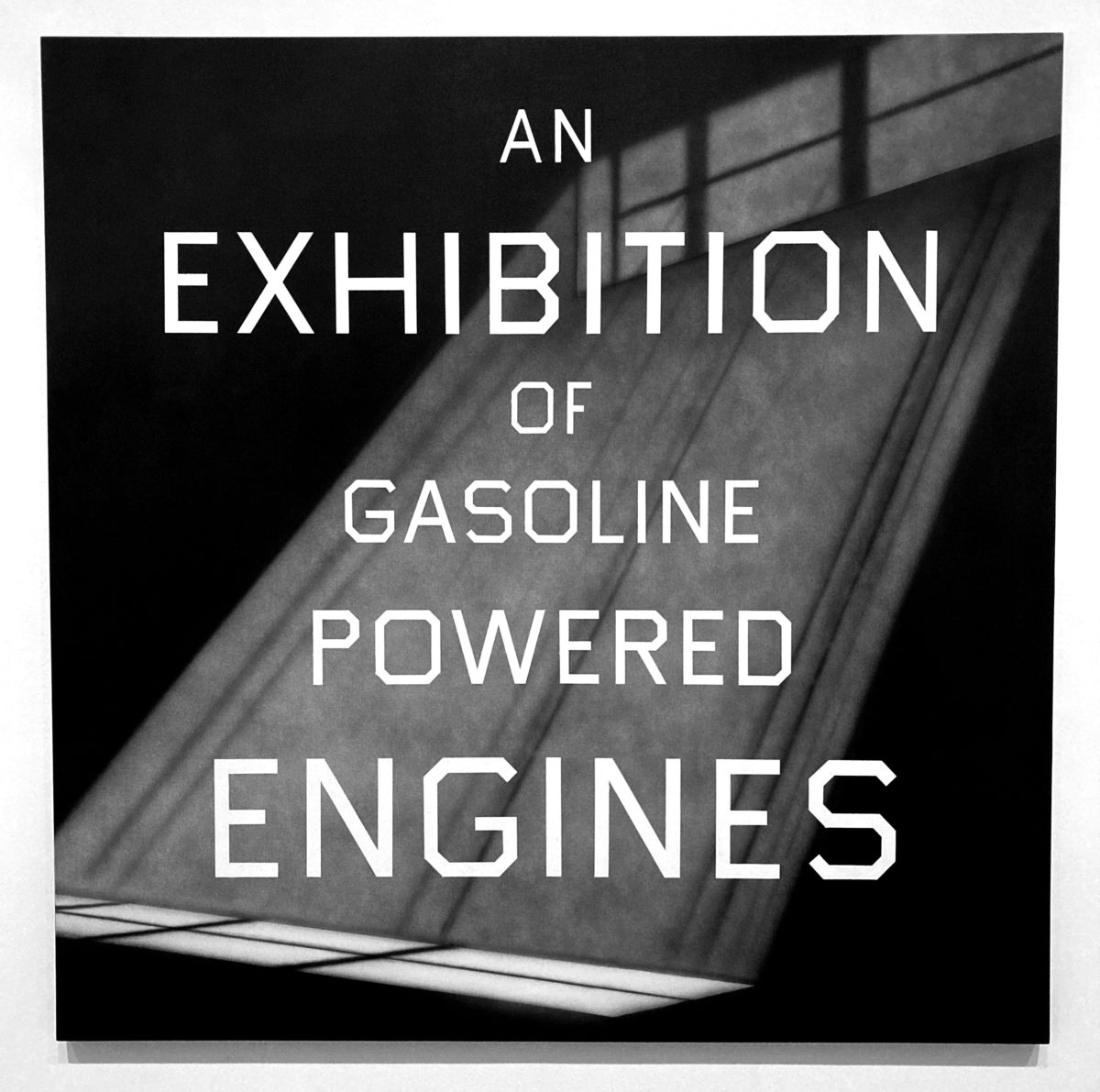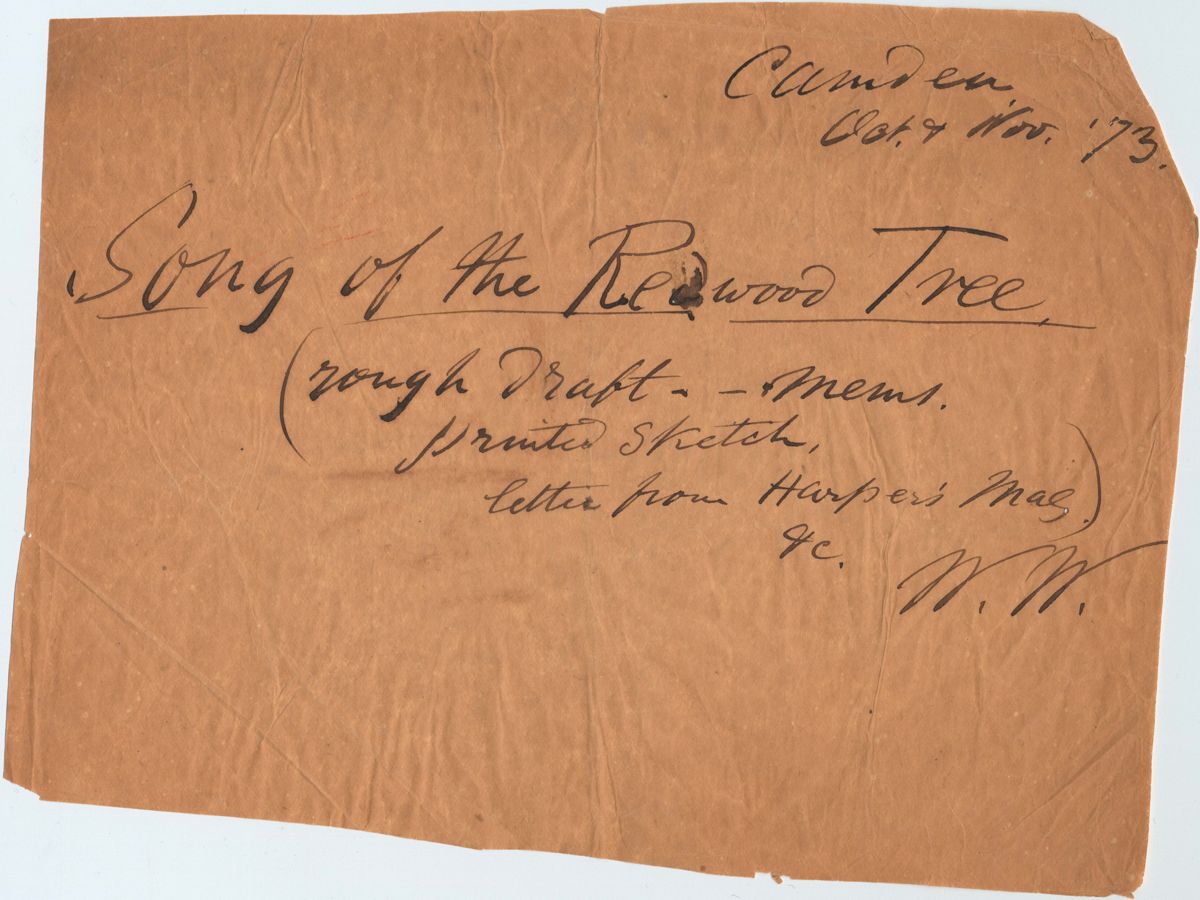Moses in the City doubles as a fully-functioning Haggadah and a radical reimagining of the Book of Exodus.
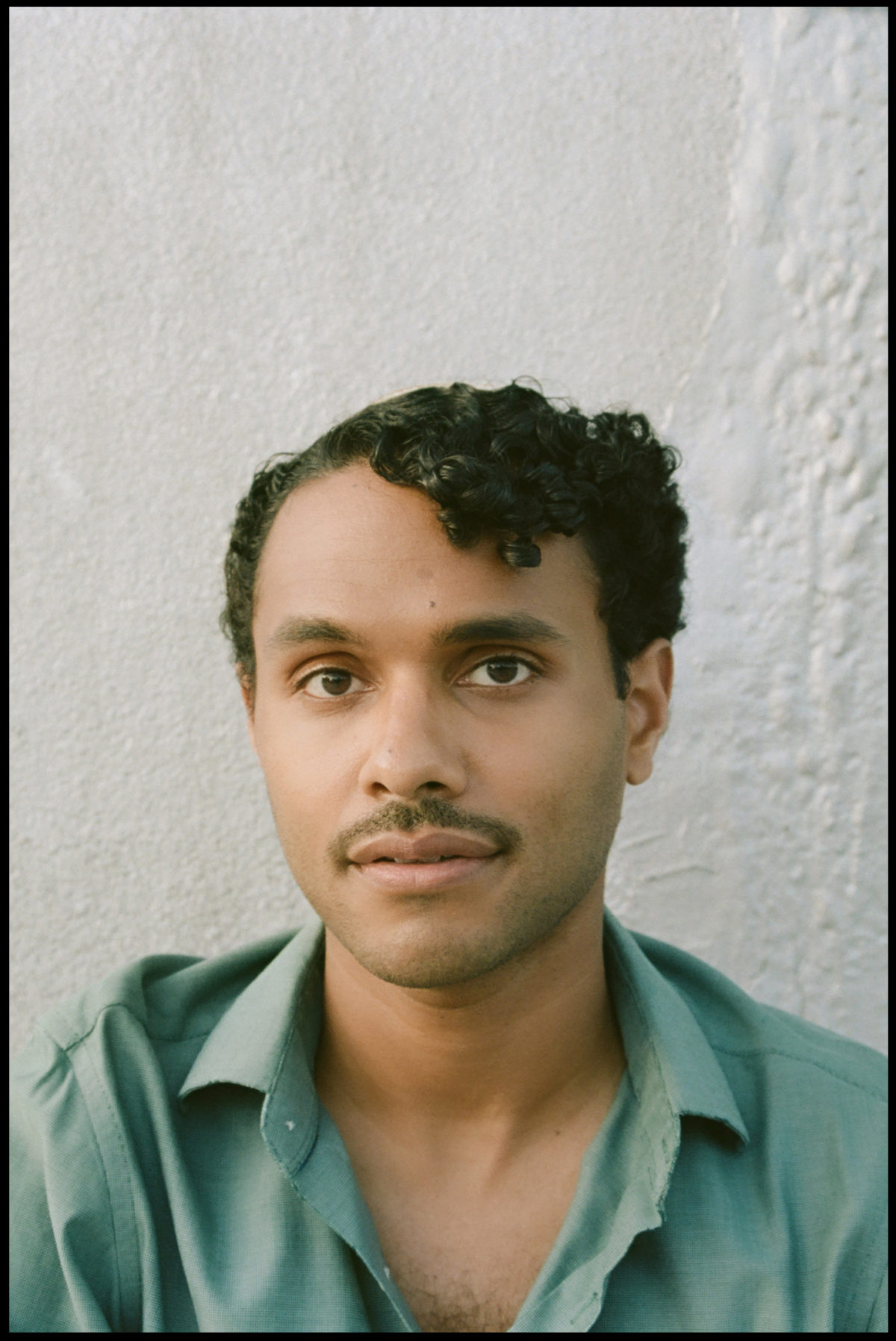
Luis Burgos is a New York-based artist whose work often takes the form of photobooks and photo essays that retell historical liberation struggles as contemporary stories. Moses in the City focuses on Exodus, the Biblical story of the enslavement and eventual liberation of the Jews in Egypt. We spoke in February 2023 and our conversation was condensed and edited for clarity.
HANNAH FAGIN: Tell us a bit about your practice.
LUIS BURGOS: My photography and writing are oriented around capturing memory. Throughout my life, images and visual texts have conjured up specific moments in time for me. I use these mediums to create a narrative for myself so I can reflect, particularly on things that have brought me joy and healing.
Why did you decide to tell the story of Exodus as a photo essay in Moses in the City? What about the story resonated with you and made you want to retell the story in this form?
When the protest movement picked up in 2020, I saw a sign that said “end 400 years of oppression.” I remembered that in the Exodus story, the Israelites were in the “narrow place” for 430 years. I thought, do we have 30 years left of this? That was the catalyst for me coming back to this story and reworking it to incorporate what I experience to be the modern day Exodus story and how I’m able to intersect my Black identity and my Jewish identity around this narrative of freedom and slavery.
Can you share more about the working process on this project and who you collaborated with?
I started by rereading the beginning of Exodus and used that to create a shot list of what images I needed to tell the story. The cast is mostly my friends. We met up one day in November to shoot the book and it turned out to be the best day for foliage so it felt like a magical time in Central Park. Once I had the images, I ordered them into a visual photo story. From there, I added and wrote texts that helped the story flow and played with the images.

The book is an art object, but it’s also a Haggadah, the Jewish text read at a Passover Seder that tells the story of Exodus. How do you hope people will use the book?
My hope is that people will use it as a fully functional Haggadah at their Seders. I wanted to make a photobook that people would be drawn to year after year, not just for the imagery. I want it to have food stains and wine stains. I want it to be lived in and used.
I hosted a Seder around the release of Moses in the City. It was a Jews of color Seder I coordinated with Lab/Shul, an artist-centered Jewish community in NYC, and I invited four Jews of color organizations to join me. It felt really important to give them creative freedom and allow them to do whatever had meaning to them. As a Jew of color coming into predominantly white spaces, I found that people would only reach out to us during Black history month or Juneteenth and it was less of an invitation to share and more of an ask to please appear and be present. It felt really tokenizing. So this Seder was profound for me, it was For Us, By Us.
The Seder was really beautiful and intimate. We projected images from the book as we went through the ritual. There was live music. It was interfaith, so there was a priest and a Zen master who were also there. The space felt integrated across many identities.
How did you translate the story of Exodus to New York City? I specifically loved how you end the photobook with an image taken at the site of Seneca Village, the former site of a free, Black, land-owning community from the 1820s until 1857, when the city destroyed the village to construct Central Park. How do you connect these sites of liberation struggles throughout history?
It was rooted in the fact that every generation is tasked with making the story of Exodus their own and it’s about the ways in which I’m currently in a “narrow place” and what it would look like to be in a liberated place. New York was a great character for that idea because it really does embody narrowness and liberation. It’s a small island and we’re very packed in. It can also feel narrow in the ways in which we experience hardship here. It is built for the wealthy and it prioritizes their needs. At the same time it’s liberated. We can be whoever we are. We can find our enclaves and our safe spaces in a way you can’t necessarily do with ease outside of the city. I grew up in New York and I left it for 5 years in my mid-twenties. When I came back, I realized it’s both Egypt and the promised land.
Seneca Village was a very intentional choice. At the end of Exodus, they’re basically told “you’re going to make it to this promised land,” but there are already people there. My understanding of why we lose the land of Israel is that we don’t go into it acknowledging that we came from a narrow place. Once we’re in a position of power, we replicate the things that were done to us. We ostracize the other, kill the other, push the other out. Seneca Village was a reminder of that, of the fact that this land, Central Park, may look really beautiful but underneath it there is pain. The Seneca Village image is a reminder for people not to repeat the mistakes of the past, to not replicate these systems of oppression and displacement, but rather to come in and be good neighbors. What does it mean to integrate rather than assimilate or displace?
This is also making me think of how you’re queering this very ancient story. For example, you have the “wise child” holding a copy of Torah Queeries in one of the photo sequences.
Queerness is very ancient and our stories are not only erased, but they’re also dismissed and disregarded. In my opinion, there are many examples of queerness in the Tanakh, the Hebrew bible. It felt like an opportunity to queer the story, but not make queerness central to the story. As queer people, our queerness is sometimes centralized, but often because people are making us defend it. When we’re able to just be amongst ourselves or just be ourselves, it’s not central to the story. It’s just who we are. I thought it was a great opportunity to make Moses a queer character.
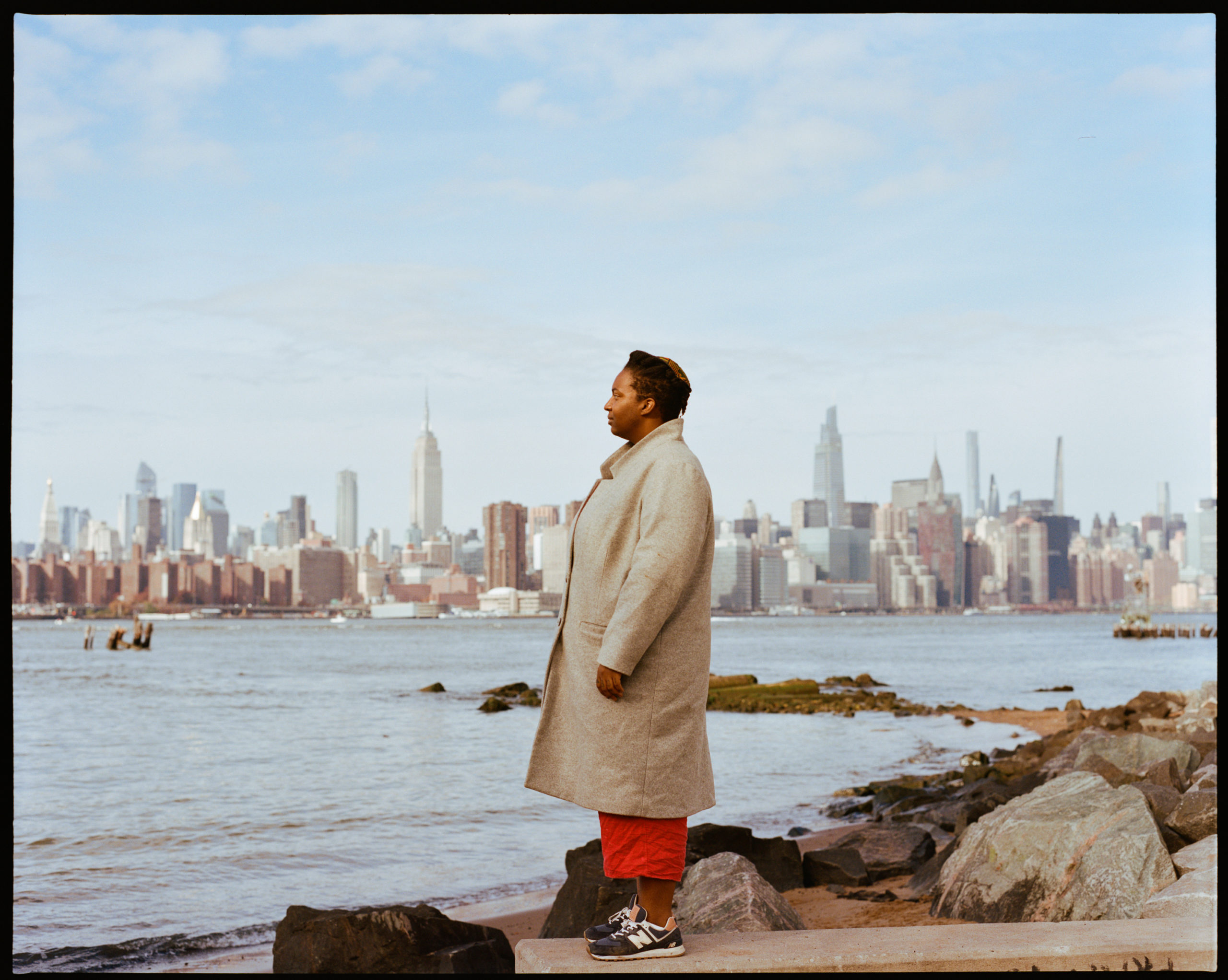
Why are you drawn to photography and writing in your artistic practice? How do they relate for you?
Initially, I was drawn to painting and sculpture. But they were time consuming. With photography, I could create my own painting. That’s why I went back to shooting film. Digital felt too real and like too much information, but film has this dream-like quality that paintings have. It’s realistic enough that you know what you’re looking at, but it’s also playful enough that it feels like a story.
When I read, I see things in my head. I picture the scene, the images, the people. It made me realize that I have a way of taking text and turning it into an image or vice versa. My writing tends to be very visual and sensory. These two mediums allowed me to express my memory. Adding a few lines of text to an image allows the story to grow.
Are there any projects you’re dreaming about at the moment?
I’m working on two projects. I’m continuing my memoir. I’ve gone through some very traumatic things in my life. What I want to share, rather than “trauma porn,” is the ways in which I’ve healed from those traumas, which are very happy memories.
Next year I’m hoping to do a photo essay called Daddy Issues about the relationship between Abraham and Isaac after Abraham tries to kill Isaac. I’m estranged from my dad and I find that the most frustrating aspect, in addition to having to accept this difficult relationship, is that complete strangers will say to me, “but they’re your parents.” There are things people can do where I will love them from a distance but I will no longer give them access to me. People don’t seem to ask what a parent could do to make their child never want to see them again. The answers to that question are as disturbing as it was for Abraham when G-d asked him to sacrifice his son Isaac.
When I reread that story, I noticed they don’t mention Isaac after he survives. In my mind, Isaac doesn’t speak to Abraham again until he leaves. I imagine he’s like, “I don’t want to talk to you anymore, you tried to kill me. I can forgive you, I can move on with my life, but that doesn’t mean I’m ever going to feel safe around you again.” I’m also looking forward to queering that narrative up because there’s definitely some BDSM vibes there. I mean Abraham bounds Isaac and he doesn’t even protest. Clearly, he’s like “Yes, Daddy, tie me up.”
What role does community play in your life and in your artistic practice?
Community is extremely important for me, especially as marginalized people. I think of Black community first. My family immigrated here from the Dominican Republic. I’m the first generation to be born and raised in New York. What I found is that Black people in my community were the ones that said, “You’re one of us. Here’s what you need to know.” For example, when I was in fourth grade, I got into a charter school that I would have to take a public bus to. My mom said no because of this. My best friend’s mom came to my mom’s salon and said to her that this was a really good opportunity for me. That was the first time I really acknowledged and noticed Black community because this woman didn’t owe me anything and she came to my mom’s work and was like, this is for your son.
In terms of my Jewish community, I find it’s really tight knit. Part of that is how old it is. We’ve been in community for so long, whereas in the Black community, historically, we’ve been discouraged and flat out impeded from creating community; we have been actively attacked and disassembled. Our leaders have been targeted and sometimes killed. Coming into Judaism was interesting because I could take all of that history of oppression and apply that knowledge and wisdom to my Black community. For example, I really encourage fellow Black people to rest. It’s anti-capitalist and a small form of reparations. Any time a white person asks me to work harder, I tell them, “I’m tired, Massa,” and that usually makes them so uncomfortable they leave me alone. Or if they ask me to do emotional labor for them, I tell them, “I am not your Mammy.” These approaches disarm them and make them stop long enough to realize they’re asking me for an inappropriate amount of labor. It makes them uncomfortable, but I need white people to check that instinct because I have given what I can give and if you ask for more, it’s your ancestors talking, do it yourself. Within Judaism, rest is a central concept—it’s all of Shabbat. I love that we as Jews get to define rest. For me, it’s not checking work emails and doing whatever feels restorative. Black and Jewish community has been central to my healing, feeling of safety, and support.

